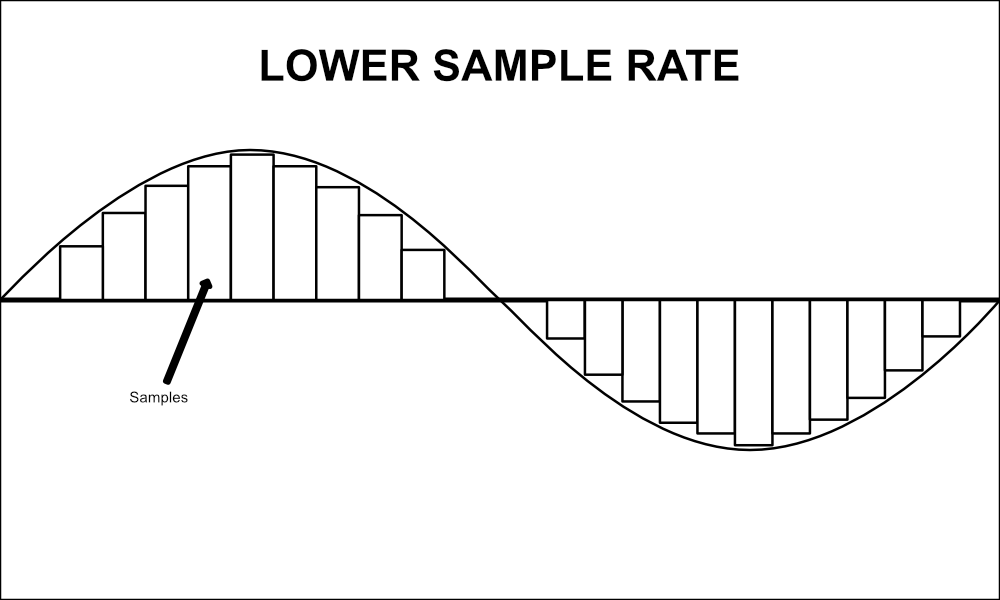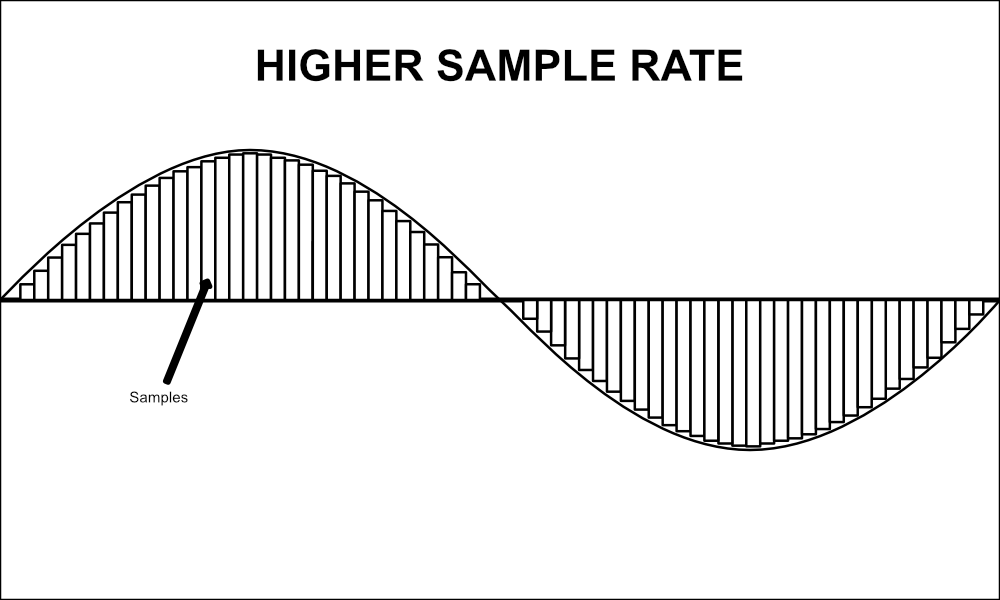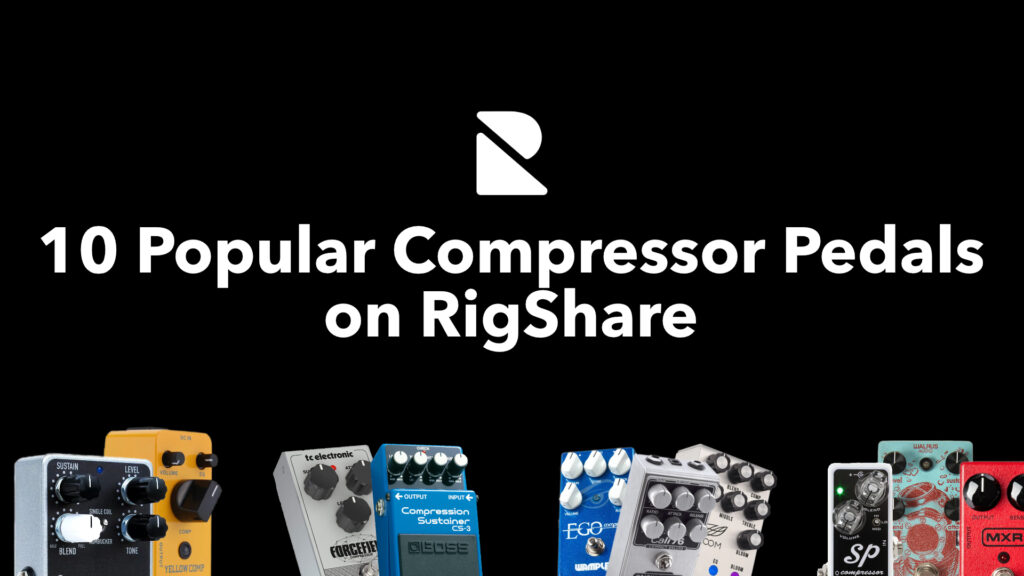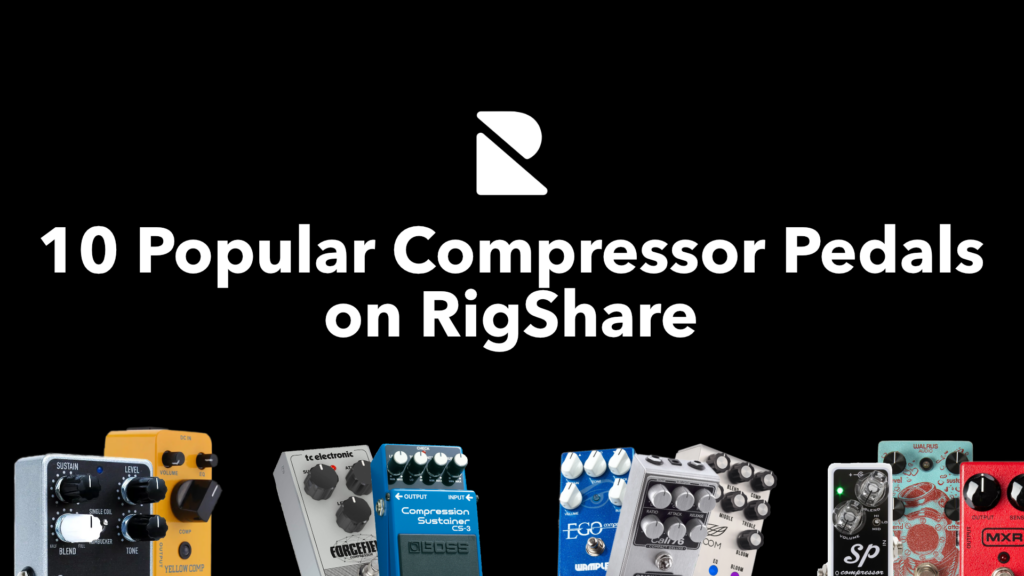Sample Rates – What to Know Before Buying an Audio Interface
James Laverdure | October 12, 2021
If you are in the market for a new audio interface, one of the key aspects to consider is sample rate. You might ask what is the ideal sample rate when recording audio? This question might seem insignificant, but having the right answers can have a big impact on the outcome of your audio recordings. We want to help you gain a better general understanding of sample rates so you can determine which sample rate is ideal for your podcasts, live streams, film scores, music, and other types of studio projects.
What is Sample Rate?
Sample rate is a measurement as a rate of frequency indicating the number of audio samples that are recorded each second. Common sample rates range between 8 khz all the way up to 192 khz. The most common sample rate today in consumer audio is 44.1 khz. At 44.1 khz sample rate, there are 44,100 samples recorded per second of audio. At a frequency of 44.1 khz, one can accomplish creating a high quality recording. Even so, professional music studios will prefer to have equipment that record at sample rates of 88.2khz, 96khz, and all the way up to 192khz.
So why record at a higher sample rate?
First, it’s important to mention that high sample rates are not always necessary. Most of the audio we stream today on the web is played back at a 44.1khz sample rate. So even if the source audio file is recorded at a higher sample rate, it is then processed down to 44.1 khz for playback. This keeps audio light to be streamed faster, preventing listeners from experiencing buffering delays. It also keeps data transfers at a lower cost for both the provider and listener.
One reason why professional sound engineers prefer high sample rates is for better processing results. With signal processors, audio signal is preserved better when it is processed at higher sample rates. For example, let’s say you are recording a vocal clip and you intend to speed it up, slow it down, or maybe detune the voice. Detuning a vocal clip at 44.1 khz may sound just fine to you using a simple detuner plugin, depending on how much detuning you go with. But let’s say you want to detune that same audio clip and slow it down in speed as well. As more processing is performed on the audio, the less natural the sound will become. In a case like this, you will want to be working with a vocal clip that has been recorded at a much higher sample rate. In essence, the more samples that the processor has to work with at every given second of audio, the easier it will be able to uphold the integrity of the original sound.


So why isn’t all audio recorded at the highest sample rates? While recording at higher sample rates will deliver higher quality recordings, it also requires more resources. Audio files with more samples are larger in size which require more memory, hard drive space, and increased processing power overall to handle real-time audio processing. In almost every case, this equates to more expensive equipment. This is where it becomes crucial to know what sample rate is necessary for your workflow. Sample rates cannot be mixed in real time so you will need to have equipment that is consistent with how you configured your project to start.
In conclusion, if you’re recording audio that you intend to manipulate with heavy processing, you want to strongly consider recording at 96 khz and up. This could be synth sounds with layers, sound effects, time warps, etc. If you’re recording live streams, podcasts, voice-overs, chances are you should be just fine recording at 44.1k – 48 khz.
Interested in picking up a new audio interface?
Browse Audio Interfaces on RigShare – https://rigshare.com/gear/interfaces-pro-audio

